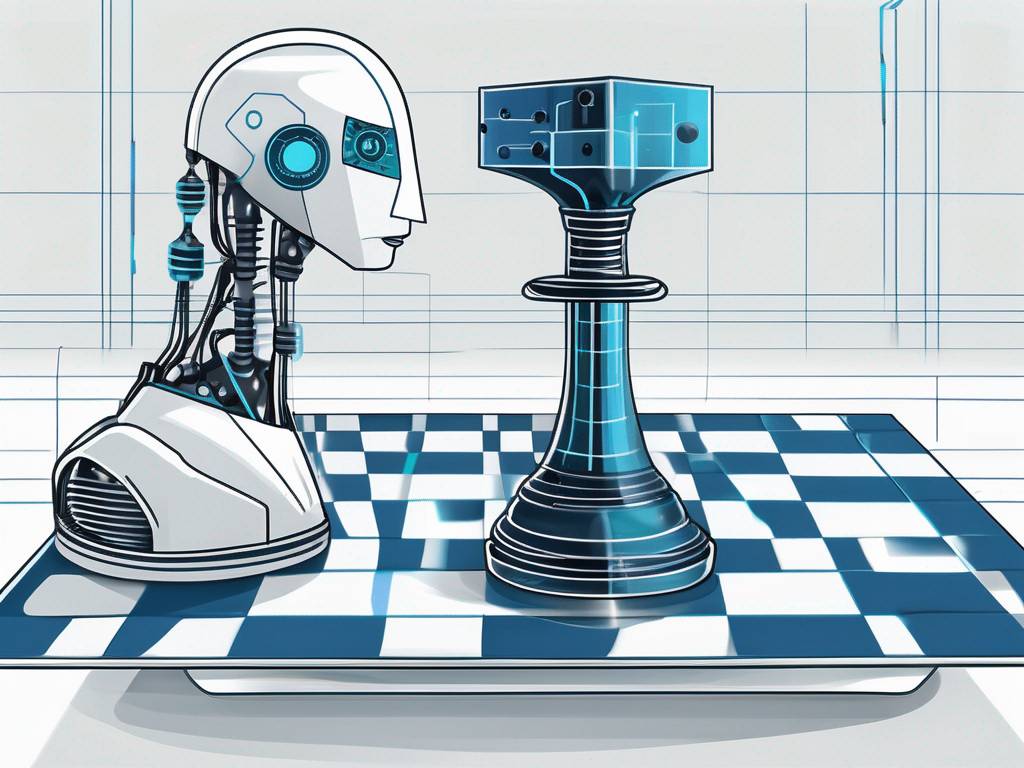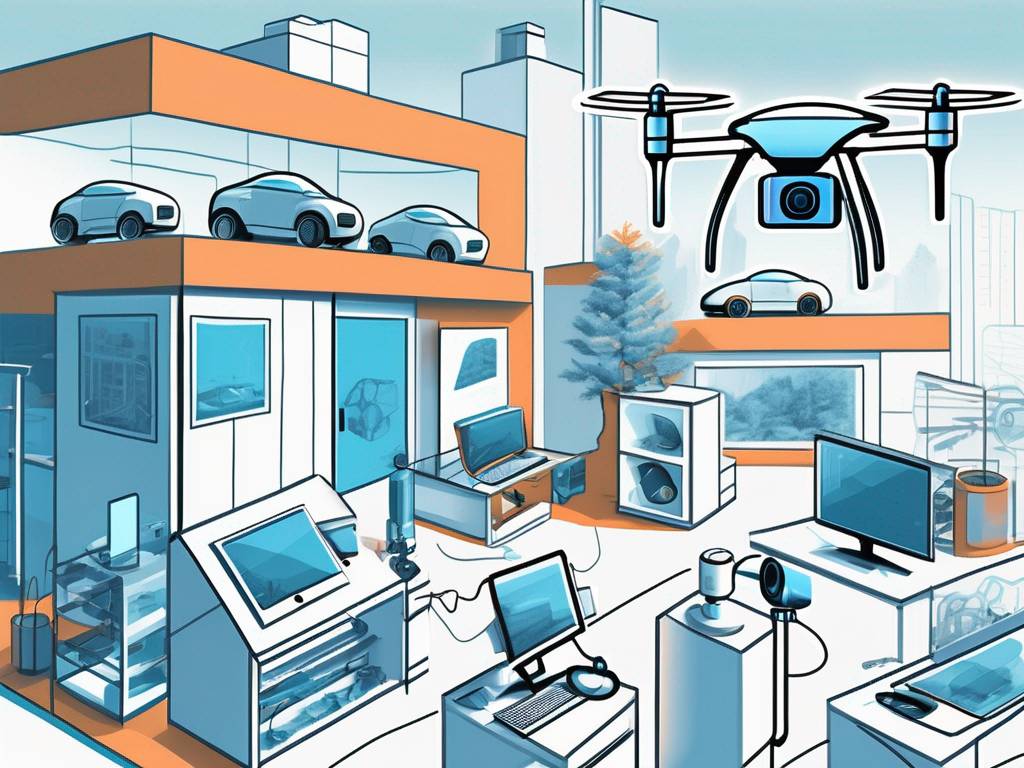Image Recognition: Artificial Intelligence Explained
Image recognition, a subset of artificial intelligence (AI), is a technology that allows computers to identify and process images in the same way as human vision does. This technology is used in various applications such as facial recognition, object detection, and medical image analysis. This article will delve into the intricacies of image recognition, its importance in AI, and how it works.
Image recognition is a fascinating field that combines machine learning, deep learning, and pattern recognition. It’s a complex process that involves several steps, from image acquisition to decision making. Understanding image recognition can help us appreciate the advancements in AI and its potential to revolutionize various industries.
Understanding Image Recognition
Image recognition is a process where AI systems are trained to recognize images and categorize them in a way that is similar to how humans do. This process involves the use of algorithms and technologies that enable computers to interpret and understand the visual world.
Image recognition is a part of computer vision, a broader field that deals with how computers can gain a high-level understanding from digital images or videos. While computer vision is concerned with the overall understanding of images, image recognition focuses on identifying specific objects or features in an image.
Role of Machine Learning in Image Recognition
Machine learning plays a crucial role in image recognition. It involves training a model using a large set of images, allowing the model to learn and make predictions about new images. The model is trained using a variety of techniques, including supervised learning, unsupervised learning, and reinforcement learning.
In supervised learning, the model is trained using labeled data, where each image is associated with a label or class. The model learns to predict the label of new images based on this training. In unsupervised learning, the model is trained using unlabeled data, and it learns to recognize patterns and structures in the images. Reinforcement learning involves training the model through trial and error, where the model learns to make decisions based on rewards and penalties.
Role of Deep Learning in Image Recognition
Deep learning, a subset of machine learning, is particularly effective in image recognition. It involves the use of artificial neural networks with many layers – hence the term ‘deep’ learning. These networks are capable of learning complex patterns in large amounts of data, making them ideal for image recognition tasks.
Convolutional Neural Networks (CNNs) are a type of deep learning model that are especially effective for image recognition. CNNs are designed to automatically and adaptively learn spatial hierarchies of features from images, which is a hard task for traditional machine learning models.
Applications of Image Recognition
Image recognition has a wide range of applications across various industries. It’s used in healthcare for medical image analysis, in retail for product recognition, in security for facial recognition, and in autonomous vehicles for object detection, among others.
In healthcare, image recognition is used to analyze medical images such as X-rays, CT scans, and MRI scans. It can help detect diseases and abnormalities, improving the accuracy and speed of diagnosis. In retail, image recognition can be used to recognize products and their features, helping customers find what they’re looking for more easily. In security, facial recognition systems use image recognition to identify individuals, enhancing security measures. In autonomous vehicles, image recognition is used to detect objects, pedestrians, and other vehicles, contributing to safer driving.
Challenges in Image Recognition
Despite its many applications and advancements, image recognition still faces several challenges. These include issues related to image quality, variations in lighting and perspective, and the need for large amounts of training data.
Image quality can significantly impact the performance of image recognition systems. Low-resolution images, blurry images, or images with poor lighting can make it difficult for the system to accurately recognize objects. Variations in lighting and perspective can also pose challenges, as the same object can look different under different lighting conditions or from different angles. Additionally, training an image recognition model requires a large amount of labeled data, which can be time-consuming and expensive to collect.
Future of Image Recognition
The future of image recognition looks promising, with advancements in AI and machine learning leading to more accurate and efficient systems. As technology continues to evolve, we can expect to see image recognition being used in more innovative ways, from augmented reality applications to advanced surveillance systems.
One of the key trends in the future of image recognition is the use of AI to improve the accuracy and efficiency of the technology. AI algorithms are becoming more sophisticated, enabling them to recognize images with greater accuracy and speed. Additionally, the use of deep learning and neural networks is expected to continue to drive advancements in image recognition.
Conclusion
Image recognition is a crucial component of artificial intelligence, enabling computers to understand and interpret the visual world. It’s a complex field that combines machine learning, deep learning, and pattern recognition, and it has a wide range of applications across various industries.
Despite the challenges, the future of image recognition looks promising, with advancements in AI and machine learning leading to more accurate and efficient systems. As we continue to explore and understand this fascinating field, we can look forward to seeing more innovative applications of image recognition in the future.
Transform Your Vision into Reality With WestLink
Ready to harness the power of image recognition technology? WestLink is your ideal partner to bring these advancements to life. With over 7 years of experience, our team of 75+ developers has empowered 100+ happy clients, including industry giants like Citizen Watch and Bose, by developing cutting-edge, cloud-native software solutions. If you’re ready to explore the full potential of AI and transform your company with data-rich, innovative solutions, learn more about how WestLink can help you achieve your goals.

 hello@westlink.com
hello@westlink.com  (866) 954-6533
(866) 954-6533  700 N Colorado Blvd,
700 N Colorado Blvd,






Comments